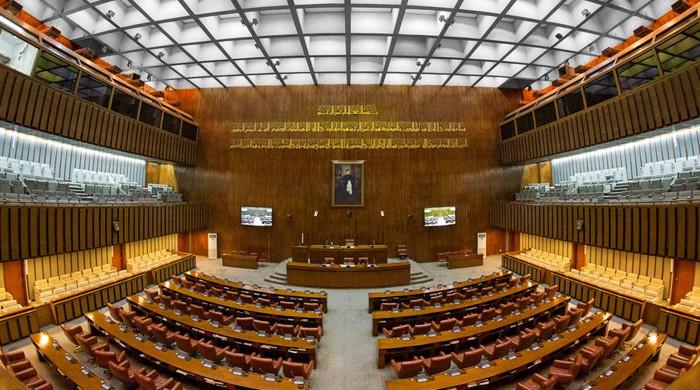China uses world's largest straw to remove soil from Tarbela Dam
Pakistan decided to expand Tarbela Hydropower Station in 2013; extension to solve problem of power supply to over 2mn households
September 03, 2018
BEIJING: In order to support Tarbela Hydropower Station, China successfully inserted a 120-meter-long, steel-made straw into the Himalayas to remove soil from the dam, which would help increase capacity of power generation from the plant.
Pakistan decided to expand the hydropower station in 2013 with the help of China, under the Belt and Road Initiative (BRI). It is currently the largest power supply base in Pakistan, with an average annual power generation of 11.5 billion KWH, Chinese media outlets reported Monday.
Tarbela Hydropower Station is located in the fault zone of the Himalayas, which greatly increases difficulties of the project's extension due to a massive inflow of sediments, but this steel straw helped remove sediments from the dam, which would increase 1.41 million kilowatts of power generation in future.
The silt at the bottom was required to be removed before the expansion of the hydropower station.
Chinese engineers inserted the large pipe into the bottom of the dam to suck out the sludge.
The process took four months to completely remove 14,000 cubic meters of sludge.
Chinese media also reported that although the Chinese Three Gorges Dam is the largest hydropower station in the world and the largest hydropower construction project ever undertaken in China with an annual power generation about 100 billion KWH accounting for 20 per cent of the national hydropower generation, but Chinese engineers didn’t face this kind of problem in removing the soil or sediments at large.
Pakistan Minister for Water Resources Makhdoom Khusro Bakhtiar told Senate that total sediments deposited in Tarbela reservoir from 1974 to 2017 were 4.731 million acre feet (MAF).
The shortage of electricity is the biggest problem in Pakistan, and China is helping construct different kind of power projects under the China-Pakistan Economic Corridor which is the flagship project of BRI.
The extension of Tarbela Hydropower Station would solve the problem of power supply for more than 2 million households.











